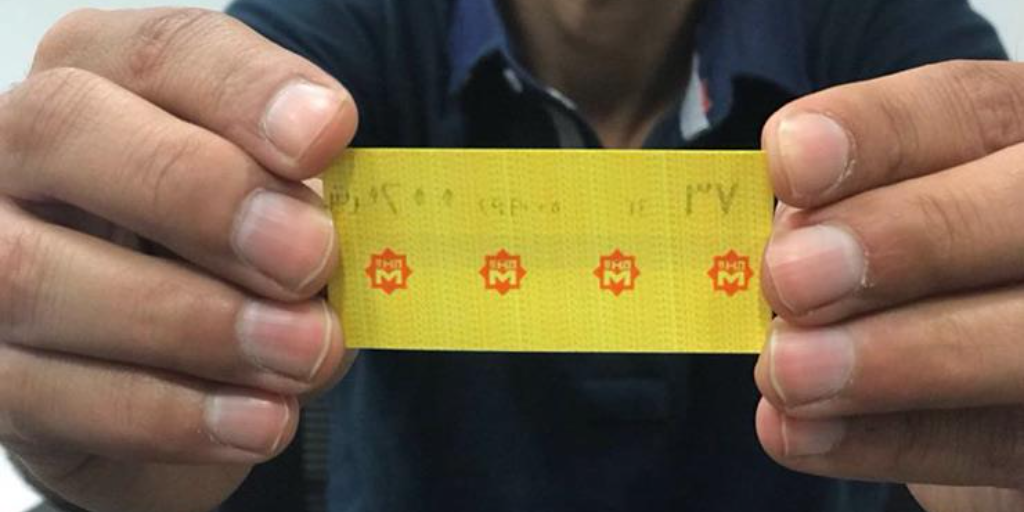A bustling crowd, children screaming, mothers grasping their little ones’ hands while attempting not to fall down, and college students commuting home, textbooks in hand. To top it all off, a fatigued man with a gaunt face sells mobile phone stands, and a woman, well past the prime of her years, bemusedly sells tank tops in a loud booming voice that reaches the cart front to back. This is what I see, and hear, during every metro ride I take in Cairo.
The metro has been around for far longer than I can remember. And although it is always crowded, it is one of the most popular modes of transport for many Egyptians because of its convenience and affordability – particularly when its fare was unified.
Today, ticket prices have changed, and while many still use the Cairo Metro, others prefer different means of transportation that are even quicker, and often even cheaper, such as the microbus, depending on the location they’re traveling to.
Let me take you on a journey into the history of the Cairo metro ticket pricing.
The metro was initially inaugurated in 1987. At the time, it had a unified ticketing system, priced at 10 piasters. A piaster is one hundredth of an Egyptian Pound.
Two years later, in 1989, the first 43 kilometer-long metro line was completed, extending from El Marg in the center of Cairo to Helwan in the south of Cairo. This changed the fare. If a commuter was traveling from one to nine stations, it cost 10 piasters, from nine to eighteen, 15 piasters, and more than eighteen stations cost 25 piasters.

Between 1997 and 2004, the second 22 kilometer-long metro line, serving 20 stations, began to operate. These extend from Shubra El Kheima in northern Cairo, to El Mounib, southwest of central Cairo. During that time, in 2002, Egypt’s Ministry of Transport once again increased the prices of metro tickets to 25 piasters, 50 piasters, and 75 piasters respectively.
In 2006, the Ministry was determined to unify metro ticket prices to EGP 1 (USD 0.17 at the time). For over a decade, this rule was imposed effectively, making it one of the most affordable, if not the most affordable, transportation methods for the majority.
It was in 2017 that the fare increased again, this time to EGP 2 (USD 0.112 at the time).
But, this was not the increase that sparked public outrage.
After implementing multiple renovations to the metro, in 2018, the Ministry announced the biggest blow to the Egyptian public, pricing the most reduced ticket at EGP 3 (USD 0.15 at the time) for nine stations, EGP 5 (USD 0.25 at the time) for sixteen stations, and EGP 7 (USD 0.35 at the time) for more than sixteen stations. At the time, the ministry justified the price hike by stating that, all over the world, tickets were priced according to the length of the trip.

Today, metro tickets are priced at EGP 5 (USD 0.27), EGP 7 (USD 0.37), and EGP 10 (USD 0.53). This increase came in 2020, following the opening of a few stations from the third line. The third metro line has been partially operational since then. Upon completion, the line will extend from Cairo International Airport in north-eastern Cairo to Imbaba, northwest of central Cairo.
To meet the demands of an increasing population, the widely-used metro will further extend with a fourth line from 6 October City to New Cairo, a fifth line from Nasr City to El Sahel, and a sixth line from El Khosous to New Maadi.
Due to the inconvenience of taxis and ride-hailing mobile applications to millions of Egyptians, many depend on the metro and other affordable modes of transport for their daily commutes. Today, however, it has become slightly uneconomic after the latest price hikes in the past few years.






Comment (1)
[…] an increase in metro ticket fares in the last few years, Egyptians continue to depend on the metro as one of the more affordable […]